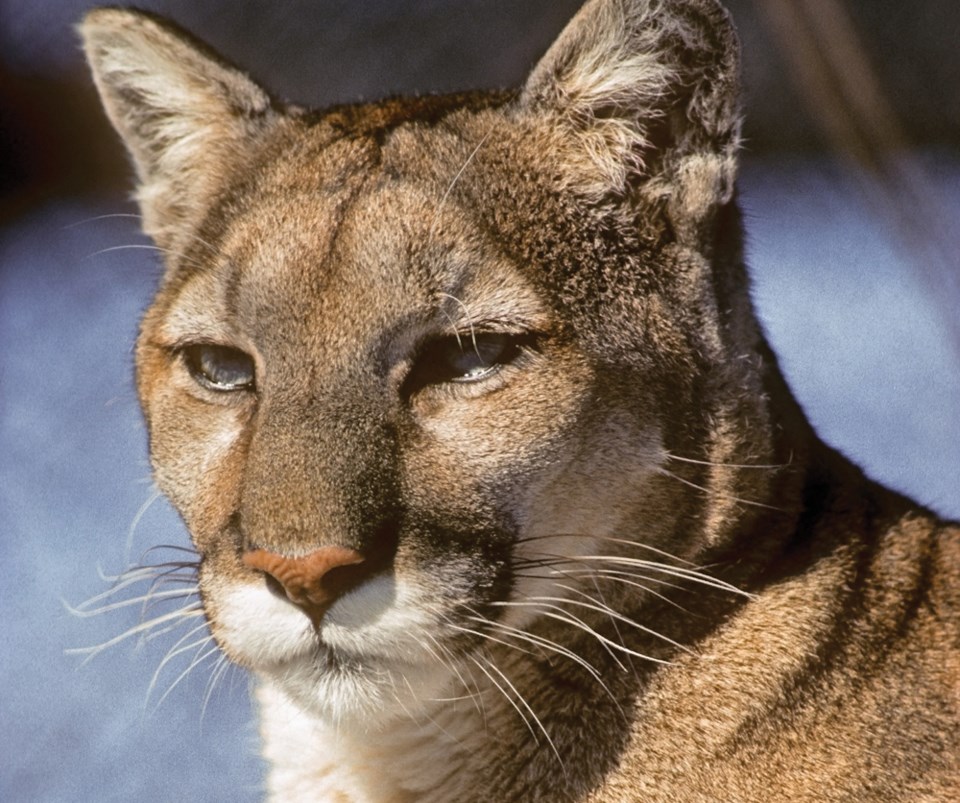Alberta’s Ministry of Forestry and Parks dramatically increased the hunting quota on female cougars in the winter 2023-24 season, causing concerns among some conservationists.
According to Government of Alberta documents, the hunting quota for the 2022-23 hunting season was 42 female cougars. The first publication of 2023-24 hunting quotas in November 2023 cited only 32 female cougars, which was then increased to 72 female cougars in the 2023-24 season in a March 2024 update.
Devon Earl, a conservation specialist with Alberta Wildlife Association, raised concerns in early April with Forestry and Parks Minister Todd Lowen about the nature of how and why this decision was made.
When she heard of the quota increase, she wrote to the minister, inquiring about what factors and evidence informed this decision.
“The response that I got back makes me concerned,” she says. “It seems as though this decision was made largely based on the beliefs of certain stakeholders rather than being science-based.”
In Lowen’s response, he noted that the human-caused mortality rate of cougars is 11 per cent, within the acceptable 20 per cent margin. The late-season quota update resulted in the harvesting of two additional cougars in areas previously closed, according to Lowen’s letter to AWA.
Decisions regarding populations of animal species should be based on recommendations of cougar researchers and biologists, Earl says.
“If we’re making decisions based solely on the wants of a certain group, the risk we are taking is that it won’t be sustainable in the long run.”
In this case, Earl is concerned that with the minister’s financial interest in an outfitting business, it is possible that some hunting and outfitting stakeholders were prioritized over other stakeholders.
“We want to be sure that the wildlife management decisions are transparent and based on science,” Earl says. “In this case, I can’t be confident that the decision was based on science, and that could have implications for other wildlife and ecosystems as a whole.”
Earl expresses that a healthy population of predators is especially important to an ecosystem as it keeps the other species in check. This directly affects vegetation, which ensures biodiversity of an area.
“They have value beyond their value to hunters. They have inherent value as well as their value to the ecosystem as a whole,” she says.
“When down to wildlife species, we just want to make sure that they’re able to exist on the landscape and the activities people have aren’t impeding the abilities of these populations to thrive in their natural environment.”
AWA opposed the 2023 decision to split up the Fish and Wildlife branch, giving hunting policy authority to Lowen.
“We just want to see that policy is being made based on scientific evidence and the recommendations of biologists who are experts in these matters,” Earl says.
“We want to make sure that the rationale behind these decisions is transparent so that the public can be confident that our wildlife is being managed in a way that’s sustainable.”
In an emailed response to questions from Shootin’ the Breeze, Christi Retson-Spalding, the assistant communications director for Alberta Forestry and Parks, noted that Alberta’s cougar management framework aims to maintain a viable population of at least 1,500 cougars in Alberta, and it is estimated that the current number is just above that.
“Alberta’s government carefully reviews all available information to ensure acceptable management for a healthy cougar population to occur,” said Retson-Spalding.
“Some of our big-game stakeholders expressed concern about cougar predation on big-game species like bighorn sheep, elk, and deer. Others expressed concern that cougars are expanding into habitat that overlaps with human residence.”




